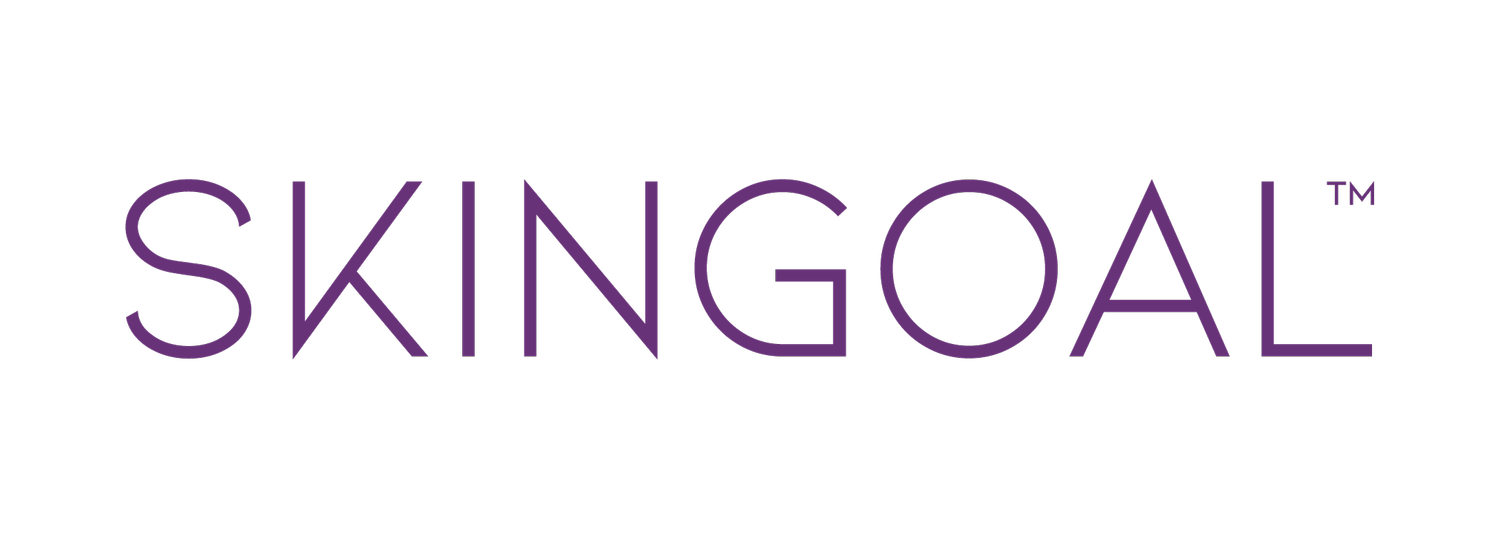What is retinol and how should we use it?
One of the most regular conversations I have here at the clinic is around retinol. My clients ask me what is retinol, what does retinol do and how should we use retinol as part of a healthy skin routine?
Speaking personally, I love retinol. I use it on a regular basis and can see only good things as a result. I am aware that for others there’s some fear around retinol, however, so let’s talk about it and put some fears to bed.
What is retinol?
Retinol is a form of Vitamin A. Vitamin A is a vital element in our diets as it’s used to help our body's natural defence against illness and infection (the immune system) work properly; helping vision in dim light; and keep skin and the lining of some parts of the body, such as the nose, healthy. In skincare retinol is applied topically, of course, not as part of a diet, and the powers we harness here are that it increases skin cell production; it helps unclog pores; helps to exfoliate your skin and increases collagen production. All these things have an effect on the strength and bounce of your skin - not least a reduction of fine lines and a softening of wrinkles. Retinol also regulates skin cell activity, reminding cells to produce the hyaluronic acid we need to hydrate skin, and affects sebum production, which is why it can be so helpful for skin prone to acne or breakouts.
How do we use retinol in skincare?
There are four forms of retinoid used in skincare, and all work the same way - speeding up the cell turnover to create a smoother skin texture, boosting hydration and controlling sebum. On application, the retinoids convert to retinoic acid on the skin, and the faster this happens, the more likely it is to trigger a reaction.
Retinoic acid - this is the strongest form of retinoid, and only available on prescription to treat severe acne. It doesn’t have to convert in any way, it’s already in its purest form, and so is the most likely to cause irritation.
Retinal - a strong form of Vitamin A that can easily irritate skin, causing redness, flaking and an itchy rash. You can buy products with retinal in, and users advise they see faster results, particularly in more mature skin. Retinal goes through one stage to convert to retinoic acid, so can cause moderate irritation in users.
Retinol - retinol goes through two stages to convert to retinoic acid, which means it’s less likely to cause a reaction than retinal, but might cause some mild itching, especially on first use.
Retinyl palmitate - this form of the vitamin has been combined with the fatty acid palmitic acid. It takes three steps before it breaks down into retinoic acid, and is the weakest of the four forms of retinoid. It works in the exact same way but it takes a lot longer to see the kind of results you might be seeking. If you’re looking at over the counter night creams, these are likely to contain retinyl palmitate rather than retinol, and possibly in low concentrations. It’s not easy for the big brands to manage the behaviour of their customers, so safety first (and profit margins) will always be a major part of the construction of every product.
How should we use retinol?
The best time to use retinol is at night. I personally wouldn’t use a cream that contained retinol during the day, though you will find perfectly safe day creams with retinyl palmitate. This is because retinoids can make the skin more sensitive to sun. Interestingly, using a good retinol night cream can actually build your skin’s defences to sunlight, supporting the production of antioxidants that protect against UVA and UVB light.
Retinol night cream
If you are investing in a retinol night cream, choose one with between 0.5% and 0.8% retinol. The higher the percentage, the more rapid the result, but of course the more risk of an initial reaction. Our SkinGoal night cream, Cream Repair, contains 0.8% pure retinol. I always advise, unless you’re already using a retinol with no adverse effects, to patch test the cream before you apply it to your full face. It’s highly unlikely, but a slight tingling may occur. As I have said, this indicates your skin needs the vitamin A, but should this happen, you can choose to either roll with it, or use it in small amounts on an every other night basis until the effect stops, and then increase to nightly use.
Retinol Serum
Serums tend to have fewer ingredients and are designed to target a specific concern or purpose. A retinol serum therefore should have a retinol concentrate of between 0.75% and 1%, which is the maximum before skin irritation will most certainly occur.
Regular use of a retinol serum will boost the effect of every other skincare action you take. Our SkinGoal Power R1% serum is a true powerhouse, and I use it at least three times a week.
When I introduce it to my clients, I always recommend a softly softly approach. This is retinol at its highest safe use level, so could cause irritation, redness and, initially, feel like it’s drying your skin. If you’re already using SkinGoal Cream Repair, it’s unlikely to have this effect. If not, and on application you feel it’s too itchy, simply rinse it off and apply your night cream. Try again a couple of nights later, using only a very small amount, and leave it a while longer before you remove. If you simply can’t tolerate it - give me a call.

